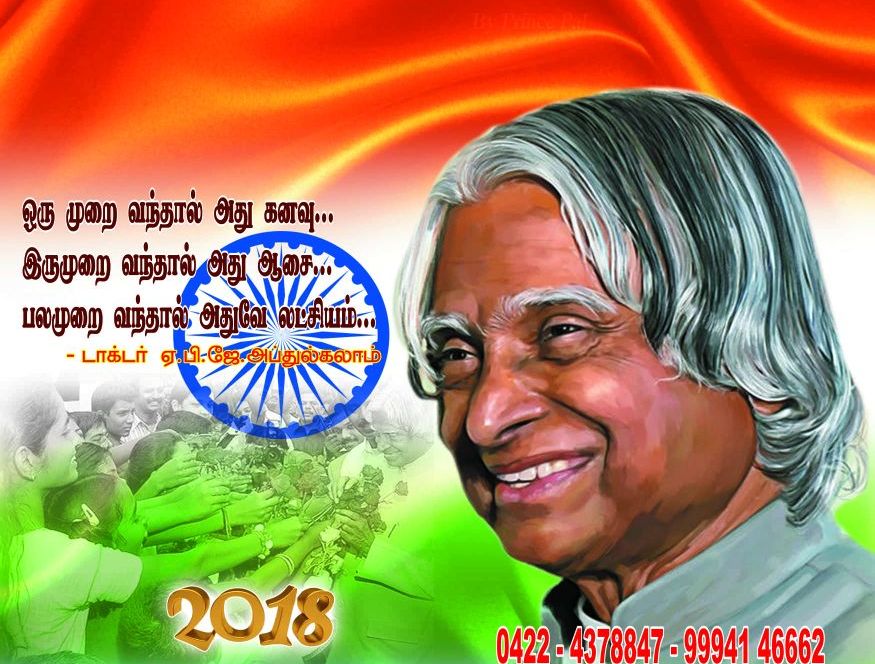Indian Parliament comprises President of India and two houses, Lok Sabha (House of the People) and Rajya Sabha (Council of States).
There are 790 Members of Parliament (MPs), representing the largest democratic electorate in the world (714 million eligible voters in 2009).
Parliament is housed in Sansad Bhavan, the foundation stone of which was laid on February 12, 1921. It was completed in six years at a cost of ` 8.3 million. Circular in design, it has 144 pillars and 560 feet diameter and covers nearly six acres.
Parliament’s first sitting was on May 13, 1952. The Indian Parliament holds three sessions in a year: The Budget Session (February-May); Monsoon Session (July-August); and the Winter Session (November-December).
The first Lok Sabha had 22 women among its 499 members. The 15th Lok Sabha has a record 59.
The percentage of graduate MPs has increased from 58 per cent in 1952 to 79 per cent in 2009.
At present, more MPs have post-graduate degrees than in 1952, an increase from 18 per cent to 29 per cent.
At 29, Hamidullah Sayeed is the youngest member of the 15th Lok Sabha. There are 30 MPs below the age of 35 in this Parliament; another 30 MPs are between the age of 36 and 39. Six under-35 MPs are women.
Rishang Keishing (92) is the oldest parliamentarian who got elected to the first 1952-57 Lok Sabha.
India became a Republic on November 26, 1949. But the first general elections were held in 1951-52.
Constituted on April 17, 1952, the Lok Sabha held its first session a month later, starting May 13.
One of the first things Parliament acted on was how to give land to the landless through Land reforms act.
Bhagwati Devi, a stone quarry worker from Gaya, and Phoolan Devi, a former dacoit from Chambal, were among the elected members of the house.
Both the Lok Sabha and the Rajya Sabha met at quarter to eleven in the morning on the first day of the first session of the first Parliament of India.
President Pratibha Patil released coins of ` 5 and ` 10 denomination to mark 60 years of Parliament along with a special stamp.
